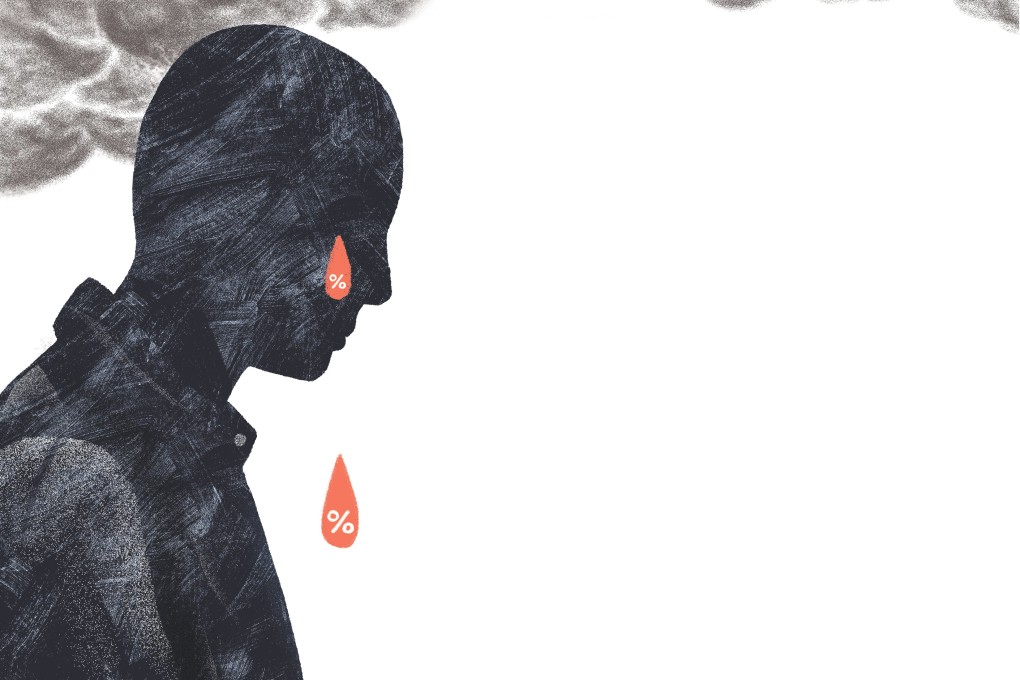The View | Measuring the global misery index
Countries with a high misery index need to tackle their populations' unhappiness with a dose of restructuring and more economic freedom

Misery in macroeconomic terms is measured simply by the sum of a country's unemployment, inflation and bank lending rates, minus the percentage change in real gross domestic product per capita.
A higher misery index score reflects higher levels of "misery".
The charts show misery index patterns by major regions over the past decade. Several things are worth noting, particularly that even on an aggregate basis, there are two poles of attraction: one centred at a score of 20 and another at 10.
Countries that gravitate towards the higher pole generally need a heavy dose of structural, or free-market reform. Countries closer to the lower pole have considerably more economic freedom.
Since the financial crisis of 2008-09, Southeast Asia's level of misery declined from a score of about 20 to 11.7, which suggests that there has been positive structural reform in the region.
Top performers are China and Singapore, with misery index scores below 10
It should be noted though that quantitative easing by the US Federal Reserve generated significant hot-money flows that positively affected Southeast Asia.
